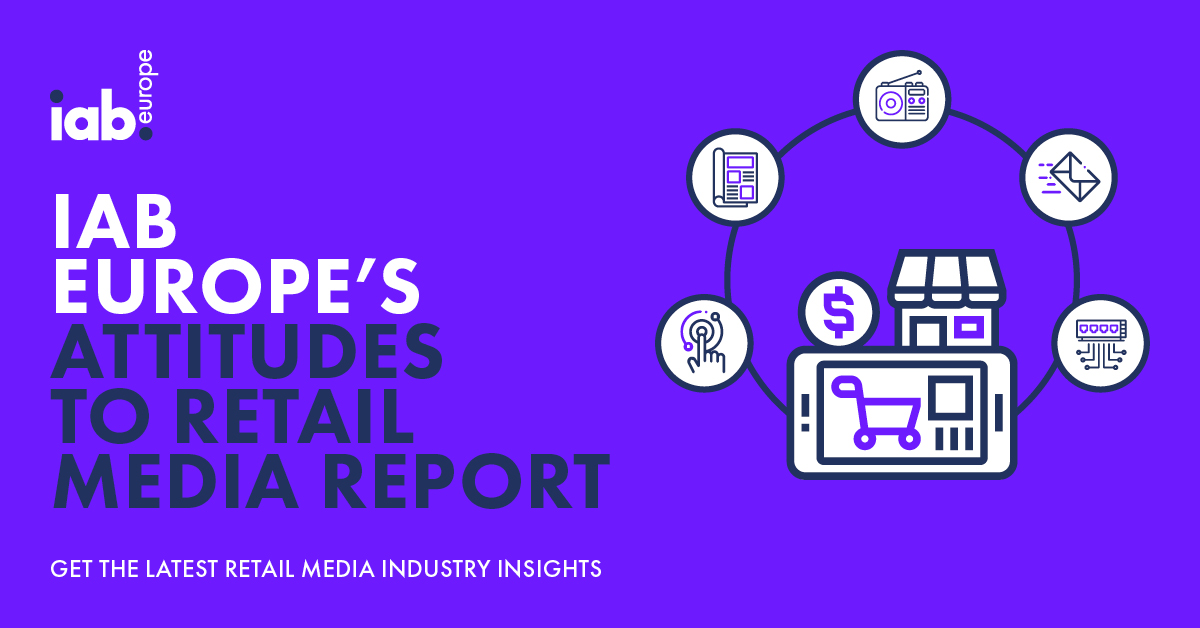This week’s announcement by Apple that it is to bring Apple Pay to the web, via Safari, and using the touch ID on the phone to authenticate it marks a shift not only in Apple’s m-payments strategy, but also potentially takes mobile payments to a whole new level.
As our story shows, Apple Pay on web will feature a button at the checkout that says “Pay by Apple Pay”; clicking this will, through the magic of Apple Continuity, pop up a prompt on the users iPhone asking them to authenticate the payment with their fingerprint and, boom, the payment is made.
Anyone who has used Apple Pay already will know that it is pretty darn quick and efficient and once you’ve tried it you tend to itch to use it wherever you can (well, I do anyway). Adding this to websites will make buying things even easier.
And this is the sales pitch to you retailers from Apple: you have to integrate Apple Pay into your checkout, but once you have, you are making it way easier to convert shoppers as there is no need to tap in anything. No lengthy card details. No email address and password. Just touch it with your finger.
Of course, Apple is targeting PayPal with this new move, although PayPal does offer an express mobile checkout option called One Touch used by more than half of the top 500 online retailers in the US. But Apple Pay will be cheaper and it would appear quicker to.
But that is not really what Apple is trying to do. CEO Tim Cook may have quipped that Apple will be here for the next 1000 years, but this move sort of echoes that. Apple Pay on the web is about cementing Apple Pay in the minds of all retailer and all shoppers and to become the de facto way to pay.
By adding Apple Pay to websites as a payment tool it helps retailers convert. It also helps Apple shift more iPhones and more importantly taps into more people using mobile to pay for things. Once they start using it on the web and settle into how comfortable and easy it is to use, they are then more likely to use it on mobile websites, in apps and in shops. It will make mobile payments mainstream – finally.
It also builds Apple as the standard way to pay and, in theory, as non-Apple users see their Apple-y friends using Apple Pay so seamlessly everywhere they too will want an iPhone and to use Apple Pay.
That’s the theory.
Currently Apple Pay comes third behind Android Pay and retailers’ own apps as the way to pay on mobile, according to a recent Walker Sands Future of Retail Study. However, Apple Pay has grown faster than any of the others. Putting it on the web could drive its use up still further.
But will retailers embrace it? In the US – where Apple pay launches on the web in time for the Holiday Weekend in November, says the company – there are already many top retailers signed up to use it. One thing that is worth looking at is that many retailers have quietly added Apple Pay to their apps. While a lot of the focus on the launch of Apple Pay was on how it could be used in stores, the company also rolled it out for integration into apps. This is much more akin to integrating it into retail websites.
Many retailers have added this to their apps. It is s short hop to adding it to their sites too. But it will be a slow burn. When it launches in the UK I expect the forward thinking retailers to adopt it: the rest will sit and wait and see what happens.








